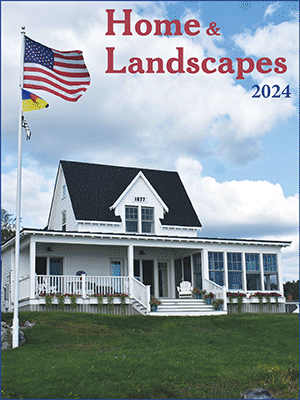Learning about Wiscasset’s history as a port
American history and AP United States history students studied early American foreign policy and Wiscasset harbor’s rich maritime legacy while touring Fort Edgecomb in Edgecomb.
Fort Edgecomb is best known for the blockhouse constructed in 1809 by President Thomas Jefferson to protect Wiscasset Harbor, a major international trading port in the late 18th century. Castle Tucker and Nickels-Sortwell House were both constructed in 1807, highlighting Wiscasset as one of the wealthiest harbors in early America.
The students learned about the coastal battery system that consisted of six large cannons overseeing Sheepscot River to block British warships from entering the prominent harbor, intending to destroy U.S. shipping and commerce in early America. As part of the Second System of American Seacoast Defenses, Fort Edgecomb successfully negated British naval operations during the War of 1812. However, British forces occupied Castine, Belfast and eastern Maine during the three-year conflict.
Wiscasset economically prospered as a deep-harbor shipping port during the late 18th and early 19th centuries, but the Embargo Act of 1807 permanently harmed the once prosperous international seaport.




































